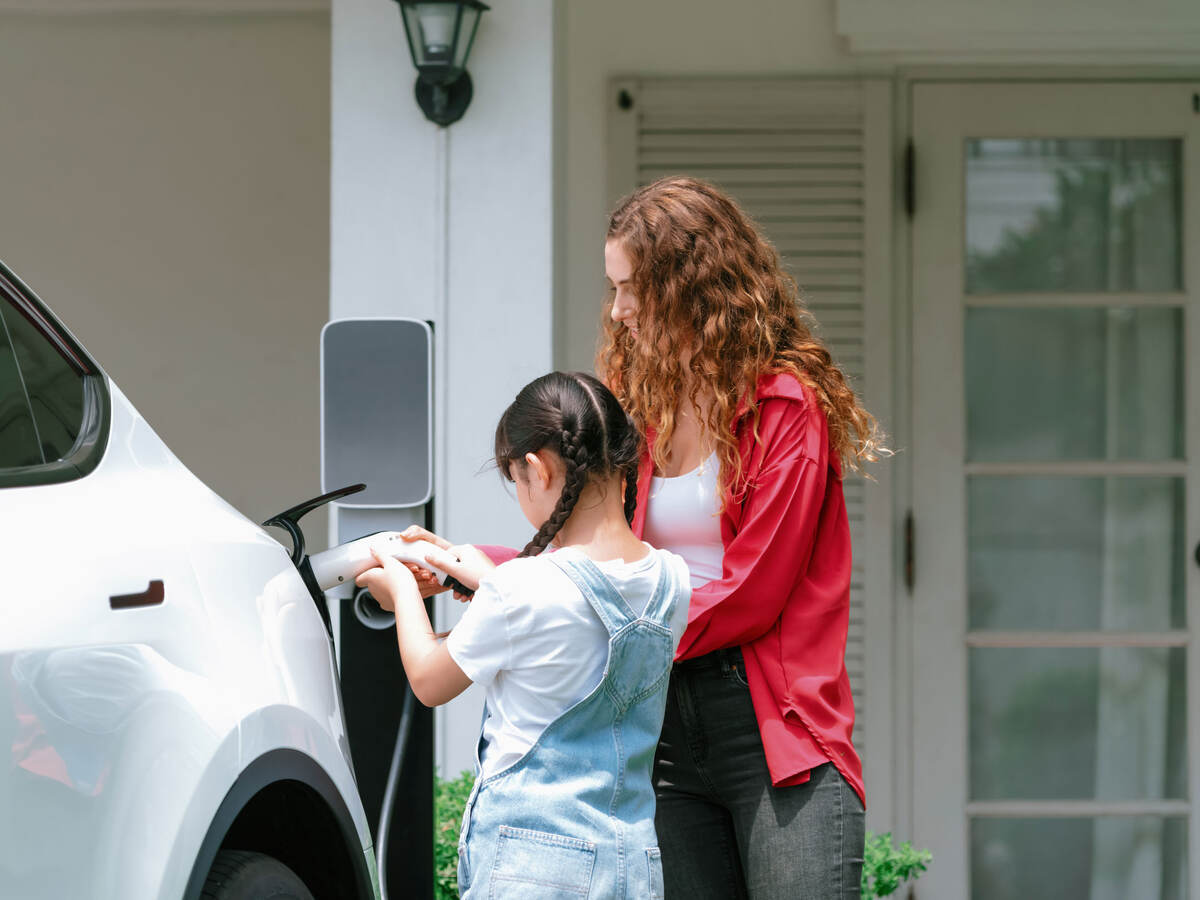
UL 2231 EVSE PPE eBook
This e-book explains the critical role of personnel protection systems in electric vehicle charging operations and the importance of safety standards and certification.

The electric vehicle (EV) market is rapidly expanding, making safety in EV infrastructure and equipment more critical than ever. Personnel protection systems within electric vehicle supply equipment (EVSE) are essential for safe operation. Certification of these systems is vital to protect users from potential hazards.
EVSE acts as an intermediary between the utility grid and the EV and requires stringent safety measures. These systems, including EV charging stations, must provide a safe and efficient way to recharge EVs. Key components of EVSE include:
The most critical component, the personnel protection system, prevents electric shock, reduces fire risk, increases safety in wet environments and supports compliance with safety standards like UL 2231-1 and -2, the Standard for Personnel Protection Systems for EV Supply Circuits, Part 1: General Requirements for Personnel Protection, and Part 2: Specific Requirements for Protection Devices.
North American EVSE is evaluated using UL Standards, including UL 2594 and UL 2202, that cover electrical and mechanical safety to enhance EV operation and charging safety. These Standards mandate the certification of specific components, such as personnel protection systems, to protect users from electric shock.
UL 2231-1 and UL 2231-2 are crucial for EV charging systems, focusing on the performance of EVSE components to meet safety requirements. It includes:
Compliance with UL 2231-1 and UL 2231-2 involves rigorous testing of system reliability, including:
Certification of EVSE and personnel protection systems offers numerous benefits:
To learn more about enhancing safety measures in electric vehicle charging operations, download our comprehensive guide. This resource provides in-depth information on safety requirements, testing and the benefits of certification for EVSE and personnel protection systems.

UL 2231 EVSE PPE eBook
Thanks for your interest in our products and services. Let's collect some information so we can connect you with the right person.